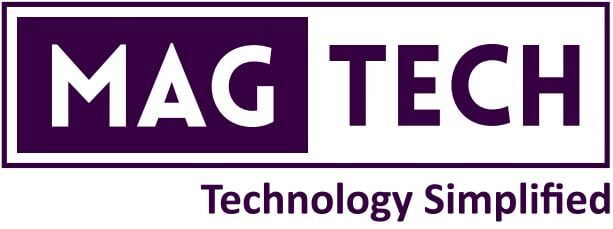Green energy, derived from natural and sustainable sources like sunlight, wind, water, and geothermal heat, presents a crucial alternative to fossil fuels. The impacts of climate change and environmental degradation have become the only key to a cleaner and more sustainable future. This exploration covers the primary challenges and opportunities associated with green energy.
Table of Contents
ToggleChallenges of Green Energy :
1 High Initial Costs:
The transition to green energy is hindered by substantial initial investments. Solar panels, wind turbines, and other renewable technologies often have higher upfront costs compared to conventional fossil fuel systems. For instance, installing large-scale solar power systems can cost around $2,000 per kilowatt, whereas gas-fired plants are typically around $1,000 per kilowatt. These costs make investments seem riskier to financiers and can slow adoption.
2. Infrastructure Limitations:
Existing energy infrastructure is largely built to support fossil fuel and nuclear power. Many electric grids are outdated, with much of the infrastructure dating back to the mid-20th century. This aging infrastructure struggles to handle the demands of modern renewable energy systems, which can lead to inefficiencies and require significant upgrades.
3. Power Storage Challenges:
Green energy sources like solar and wind are intermittent, producing energy only when conditions are favorable (e.g., sunny or windy days). This intermittency creates a mismatch between energy supply and demand. Effective and affordable energy storage solutions, such as advanced batteries, are needed to store excess energy for use during periods of low production. However, the high cost of current storage technologies remains a barrier.
4. Lack of Awareness and Education:
Public awareness and understanding of technologies are still developing. Many people are not fully informed about the benefits and potentials of renewable energy, which can result in reluctance to adopt these technologies. Additionally, the existing fossil fuel infrastructure often provides local jobs and economic benefits, making the shift to green energy seem less attractive to communities dependent on traditional energy sectors.
Opportunities in Green Energy :
1. Environmental Benefits:
Green energy significantly reduces carbon emissions and pollution compared to fossil fuels. By shifting to renewable sources, we can mitigate the impacts of climate change, improve air quality, and protect natural ecosystems. This shift is essential for meeting global climate targets and ensuring a sustainable future.
2. Economic Growth and Job Creation:
The green energy sector offers substantial economic opportunities. The growth of renewable energy technologies can create jobs in manufacturing, installation, and maintenance. For example, the renewable energy sector could employ up to 38.2 million people worldwide by 2030 under an ambitious energy transition scenario. This job creation can stimulate economic development and foster new industries.
3. Technological Advancements:
Investment in green energy drives innovation. Advancements in solar panels, wind turbines, and energy storage technologies improve efficiency and reduce costs over time. Continued research and development can lead to breakthroughs that make it more competitive and accessible.
4. Energy Security and Independence:
Green energy can enhance national energy security by reducing dependence on imported fossil fuels. Countries with abundant renewable resources can harness these resources to ensure a stable and reliable energy supply, decreasing vulnerability to geopolitical conflicts and fossil fuel price fluctuations.
Green Energy: A Better and Safer Future :
Transitioning to green energy can improve public health by reducing air pollution and associated health issues such as respiratory and cardiovascular diseases. Cleaner air and water contribute to better overall health outcomes and enhance the quality of life.
Addressing these challenges through supportive policies, technological advancements, and increased public awareness will be essential for accelerating the transition to a greener, more sustainable energy landscape. By using these opportunities and overcoming the hurdles, we can pave the way for a cleaner, more resilient energy system that benefits both people and the planet.


